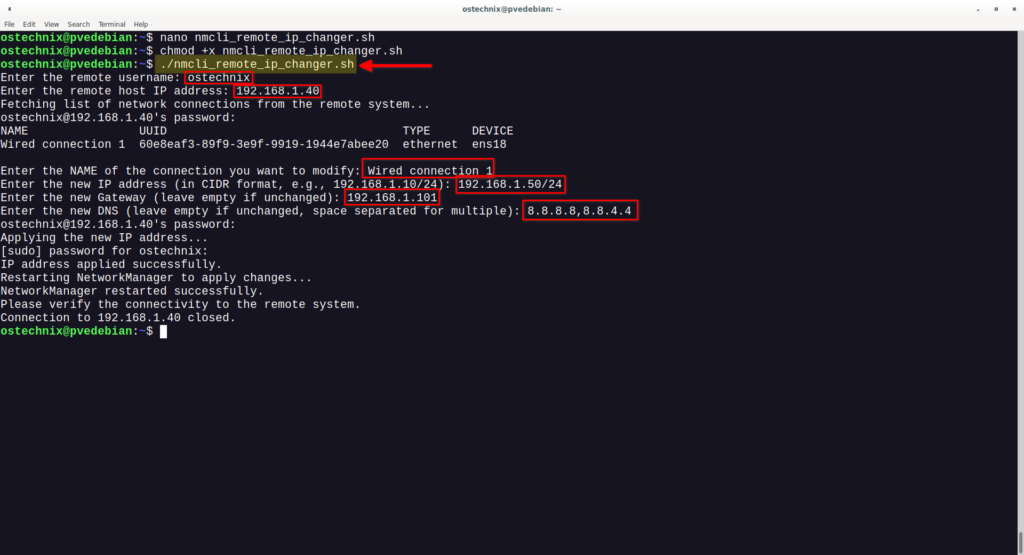SSH IoT Access Anywhere: IP, Security & Troubleshooting
Ever wrestled with the frustration of trying to access your IoT device remotely, only to be met with impenetrable firewalls and the labyrinthine complexities of IP addressing? Gaining secure, remote access to your IoT devices, regardless of location, is not an impossible dream; it's a practical necessity for developers, hobbyists, and businesses alike.
The challenge lies in the inherent security measures designed to protect these devices. IoT gadgets, often tucked behind layers of network security, present a unique conundrum for remote access. Firewalls and Network Address Translation (NAT) are the gatekeepers, shielding devices from unwanted external intrusion. However, these safeguards also inadvertently block legitimate attempts to connect remotely. Overcoming these obstacles requires a deep understanding of networking principles, security protocols, and a healthy dose of ingenuity. The "Ssh iot anywhere ip address" problem is a common search term, reflecting the widespread demand for a simple, reliable solution to this remote access puzzle. Let's explore effective strategies for securely accessing your IoT devices from anywhere in the world.
| Category | Information |
|---|---|
| Topic | Secure Remote Access to IoT Devices via SSH |
| Challenge | Overcoming firewalls and dynamic IP addresses for remote access. |
| Solution Overview | Utilizing port forwarding, dynamic DNS, and secure tunneling solutions like Pinggy. |
| Key Technologies | SSH, TCP/IP, DNS, Firewalls, NAT |
| Example Scenario | Remotely accessing a Raspberry Pi-based IoT device. |
| Security Considerations | Strong passwords, key-based authentication, and regular security updates. |
| Reference Link | Raspberry Pi Foundation |

How To Use SSH IoT From Anywhere Login On Mac For Free The Ultimate Guide

How To Assign IP Address To Remote Linux Systems Via SSH OSTechNix

Troubleshooting SSH & IoT Device IP Address Issues & How To Fix